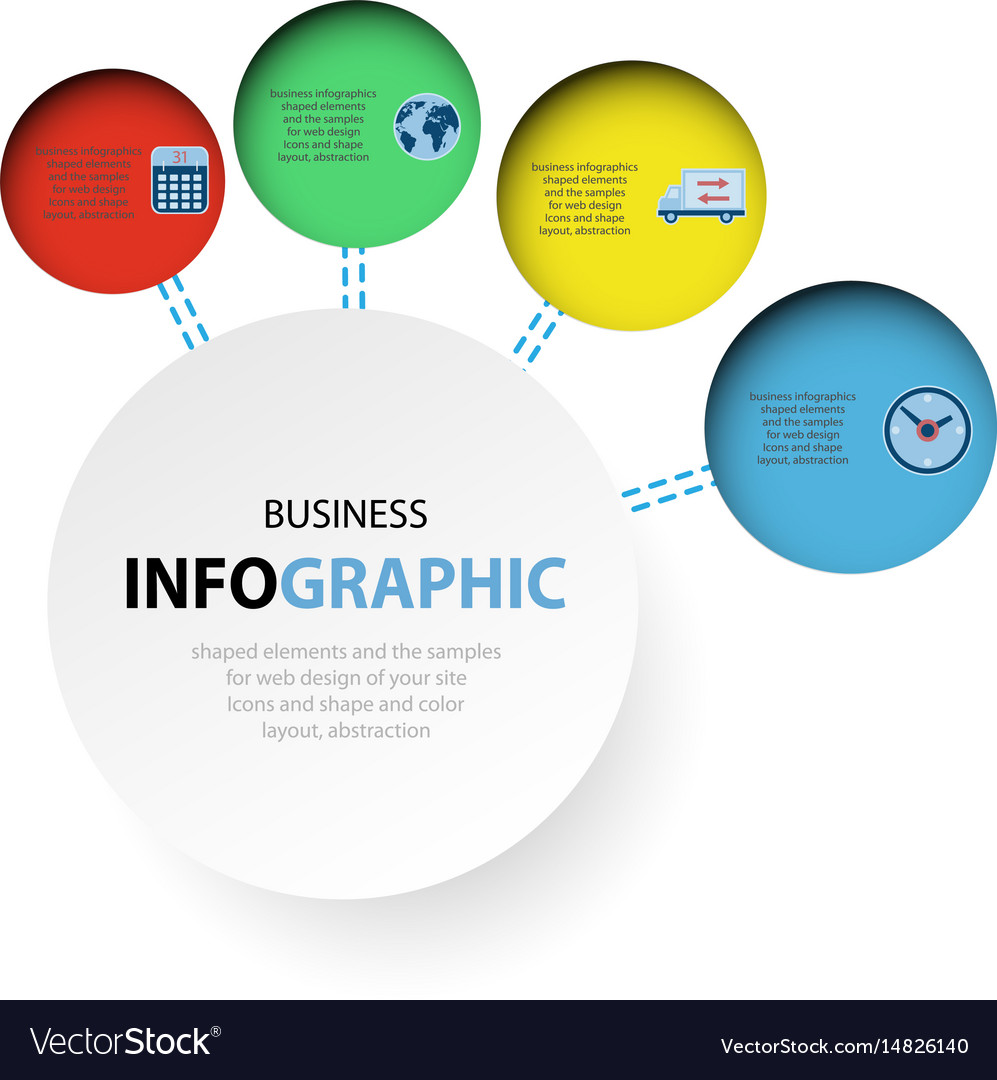Eager To Discover Exactly How Website Style Has Transformed With Time? Dive Into The Advancement From Simpleness To User-Focused Experiences.
Eager To Discover Exactly How Website Style Has Transformed With Time? Dive Into The Advancement From Simpleness To User-Focused Experiences.
Blog Article
Short Article Author-Jonasson Vangsgaard
In the past, websites were easy and focused on information. Navigation was straight, and style was for desktops. Now, customer experience is key. Information overviews layouts for simple navigation. Receptive layouts suit various tools. Today, dark setting decreases stress, and minimal menus improve navigating. Interactive features involve customers, and strong visuals attract attention. AI assimilation increases involvement. See exactly how design has actually advanced to enhance your on-line journey.
Very Early Days of Web Design
In the early days of website design, simpleness preponderated. Websites were fundamental, with limited shades, typefaces, and layouts. The focus got on giving details rather than flashy visuals. Customers accessed the net via slow dial-up links, so rate and performance were key.
Navigating food selections were straightforward, usually situated on top or side of the page. Internet sites were created for home computer, as mobile browsing wasn't yet widespread. Web content was king, and developers prioritized very easy readability over intricate style elements.
HTML was the key coding language used, and developers had to work within its restraints. Computer animations and interactive functions were marginal compared to today's requirements. Web sites were static, with little dynamic web content or customized individual experiences.
Surge of User-Focused Design
With the evolution of site style, a shift towards user-focused style concepts has actually ended up being significantly famous. https://felixexrkc.bloggerchest.com/29777206/mastering-on-page-search-engine-optimization-techniques-for-improved-site-efficiency , producing websites that focus on individual experience is essential for involving site visitors and accomplishing service goals. User-focused design involves understanding the requirements, choices, and habits of your target market to tailor the website's format, web content, and features appropriately.
Developers now conduct complete research study, such as customer studies and functionality testing, to collect understandings and comments directly from individuals. This data-driven strategy aids in creating instinctive navigation, clear calls-to-action, and aesthetically enticing interfaces that resonate with visitors. By putting the customer at the facility of the layout procedure, websites can supply a more tailored and satisfying experience.
https://www.jdsupra.com/legalnews/the-10-most-important-tips-for-law-firm-5980146/ has likewise emerged as an essential element of user-focused layout, ensuring that sites are optimized for various gadgets and display sizes. This versatility improves access and functionality, satisfying the varied means customers communicate with sites today. In essence, the surge of user-focused design symbolizes a change in the direction of producing electronic experiences that focus on the demands and assumptions of the end customer.
Modern Trends in Website Design
Explore the most recent patterns shaping web design today. website seo marketing is dark setting design, offering a sleek and modern-day appearance while decreasing eye pressure in low-light settings. Another key pattern is minimal navigating, simplifying food selections and enhancing individual experience by focusing on essential elements. Including micro-interactions, such as animated buttons or scrolling results, can create a much more interesting and interactive web site. Responsive layout remains critical, guaranteeing smooth individual experiences throughout various devices. In addition, using vibrant typography and asymmetrical designs can add visual passion and draw attention to particular content.
Integrating AI innovation, like chatbots for customer assistance or tailored referrals, boosts user involvement and simplifies processes. Access has also end up being a considerable trend, with developers prioritizing inclusive layout practices to cater to diverse customer requirements. Embracing sustainability by optimizing website performance for speed and performance is one more emerging pattern in website design. Collaborating with individual comments and data analytics to iterate and enhance style continually is necessary for staying appropriate in the ever-evolving electronic landscape. By accepting these modern-day fads, you can create an aesthetically attractive, easy to use website that reverberates with your target market.
Conclusion
As you reflect on the development of website design from the early days to currently, you can see how user-focused design has ended up being the driving pressure behind modern-day patterns.
Welcome the trip of adjustment and adaptation in web design, always maintaining the individual experience at the center.
Remain existing with the most recent patterns and technologies, and never ever quit advancing your technique to develop visually stunning and user-friendly websites.
Progress, adapt, and develop - the future of website design is in your hands.
